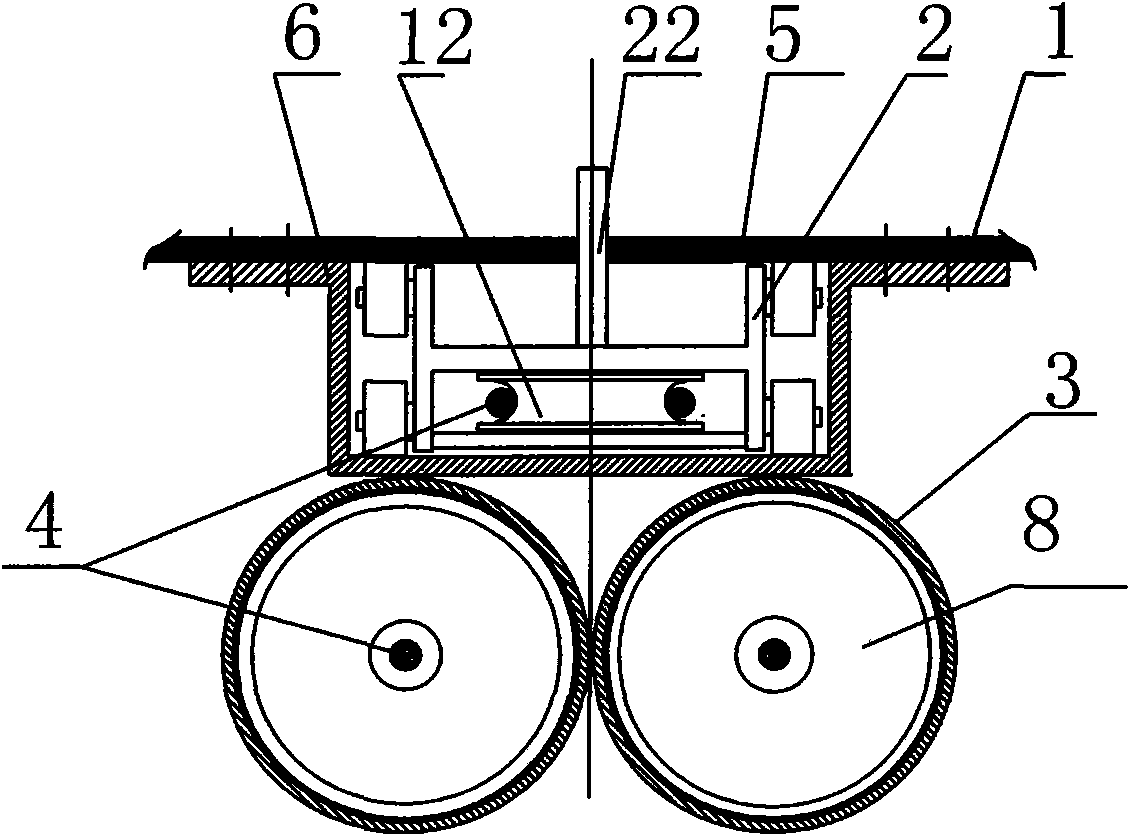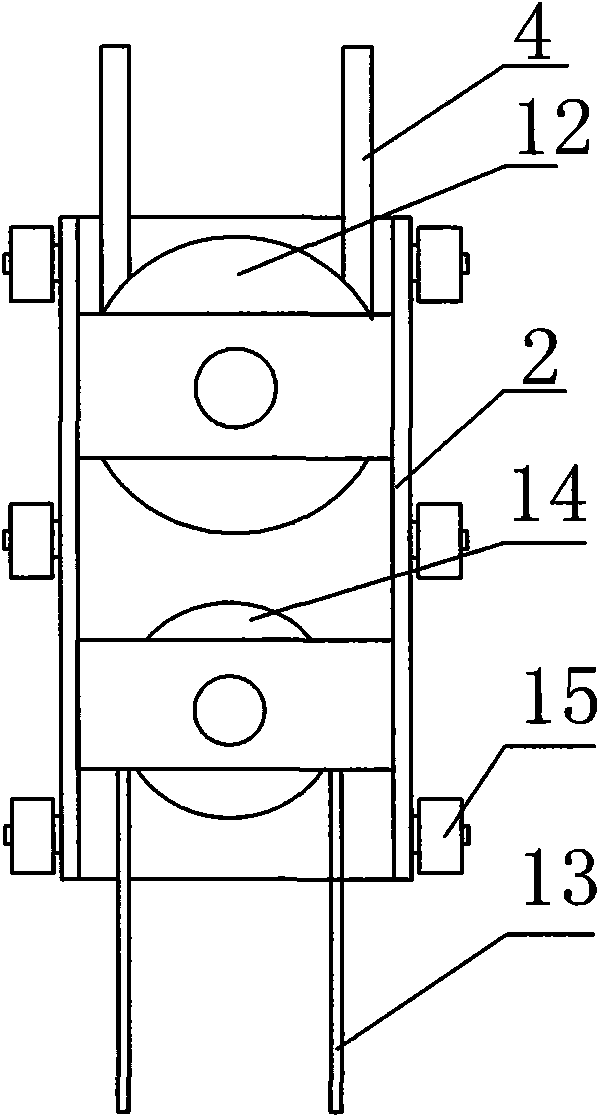Steam catapult for carrier-borne aircraft and catapulting method thereof
A carrier-based aircraft and catapult technology, applied in the direction of launching/dragging transmissions, etc., can solve the problems of high maintenance costs, fixed ejection speed, and increased difficulty in cylinder processing, and achieve the effect of simple process
- Summary
- Abstract
- Description
- Claims
- Application Information
AI Technical Summary
Problems solved by technology
Method used
Image
Examples
Embodiment Construction
[0029] With reference to accompanying drawing, the steam catapult of aircraft carrier and its ejection method are described in detail below.
[0030] As shown in the accompanying drawings, the steam catapult for carrier-based aircraft of the present invention has a structure consisting of a take-off runway 1, a tackle 2, a tackle passage, a cylinder 3 and an ejection program controller, wherein the cylinder 3 is composed of Ejection cylinder 3 and damping cylinder 19 are composed, and damping cylinder 19 is connected to the end of piston ejection stroke, and the tackle channel is set in the middle of take-off runway 1, and tackle 2 is arranged in the tackle channel, and cylinder is arranged under the tackle channel, and the tackle 2 The bottom is provided with a traction cable balance pulley 12 and a return cable balance pulley 14, the middle of the traction cable 4 is wound on the traction cable balance pulley 12, and the two ends of the traction cable 4 pass through the cylin...
PUM
 Login to View More
Login to View More Abstract
Description
Claims
Application Information
 Login to View More
Login to View More - R&D
- Intellectual Property
- Life Sciences
- Materials
- Tech Scout
- Unparalleled Data Quality
- Higher Quality Content
- 60% Fewer Hallucinations
Browse by: Latest US Patents, China's latest patents, Technical Efficacy Thesaurus, Application Domain, Technology Topic, Popular Technical Reports.
© 2025 PatSnap. All rights reserved.Legal|Privacy policy|Modern Slavery Act Transparency Statement|Sitemap|About US| Contact US: help@patsnap.com



